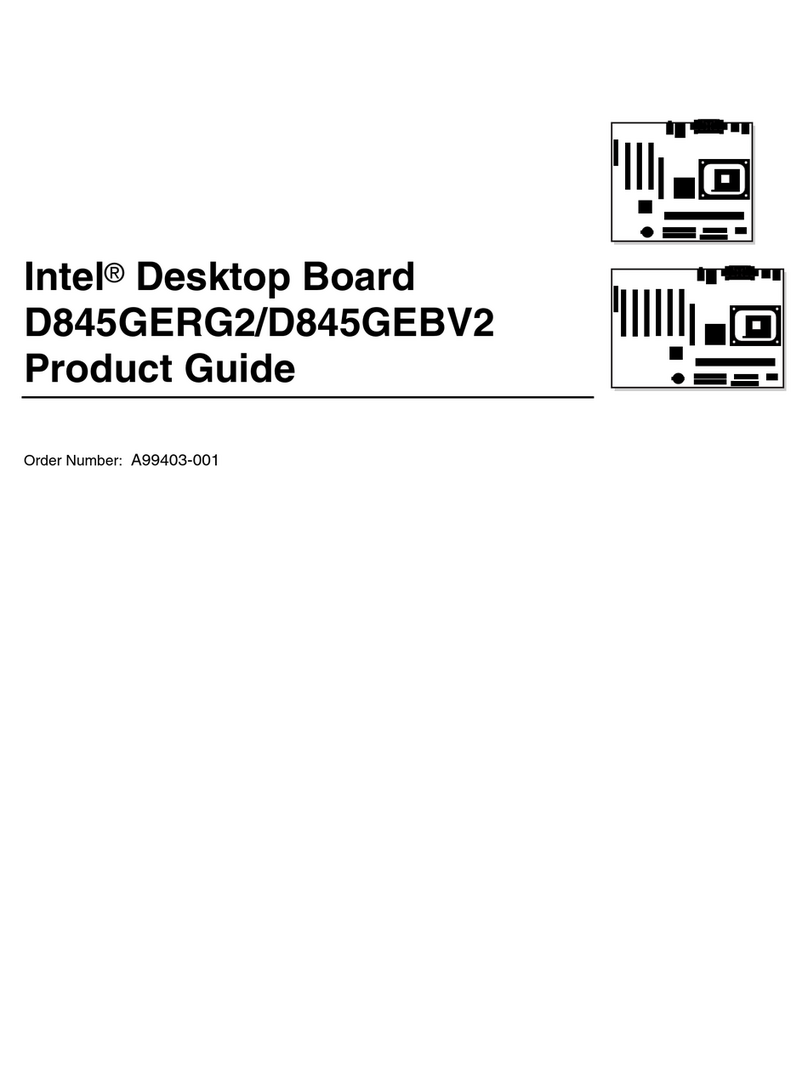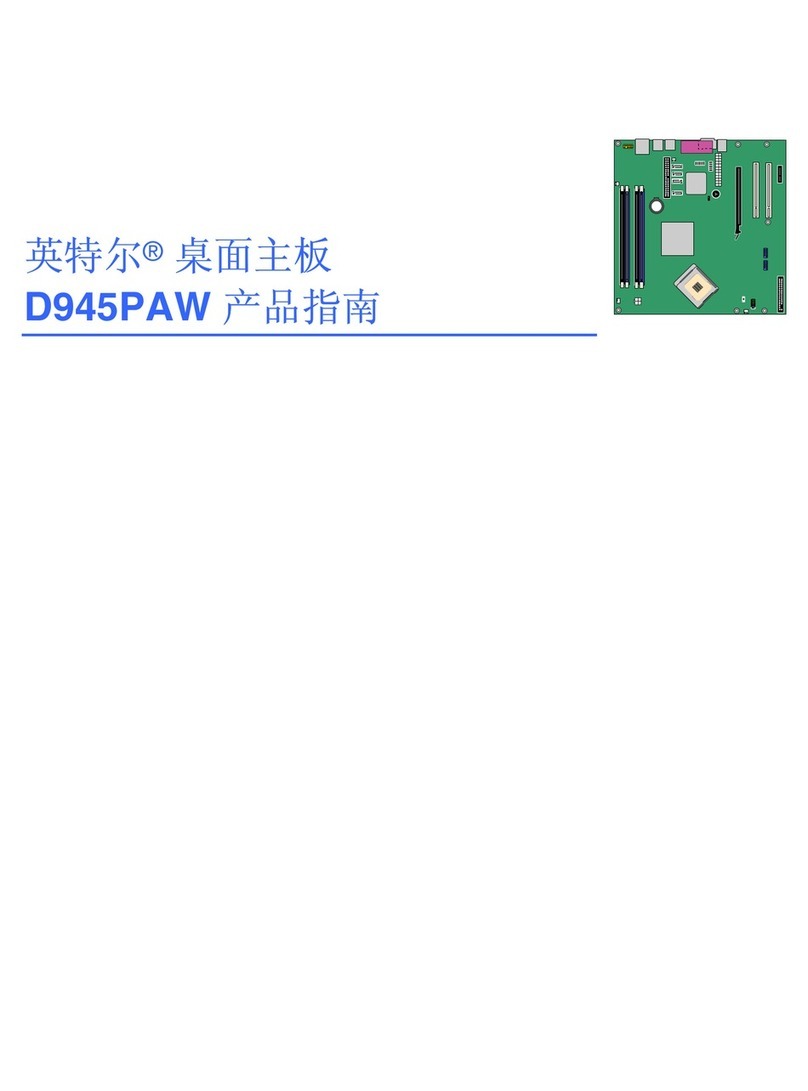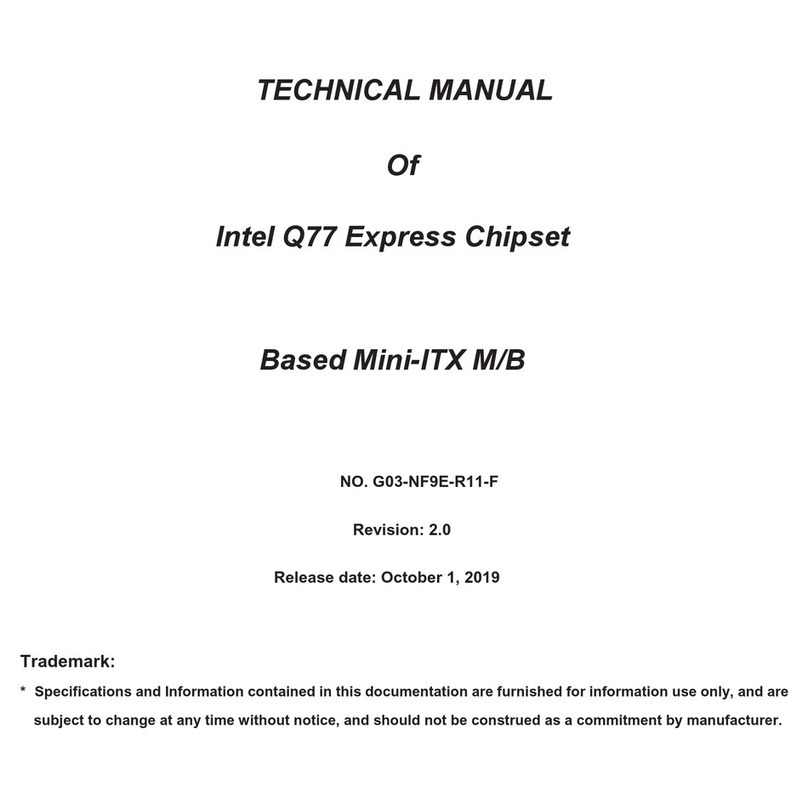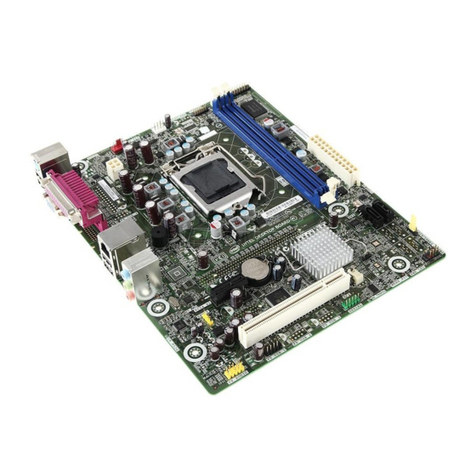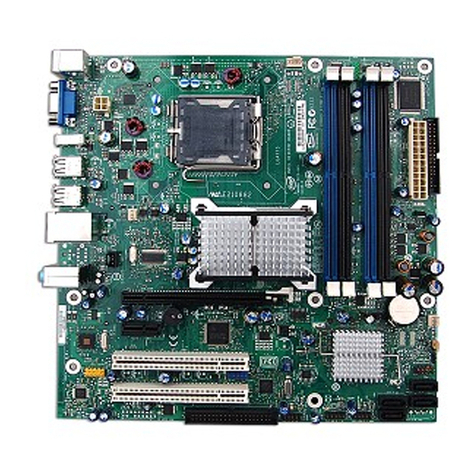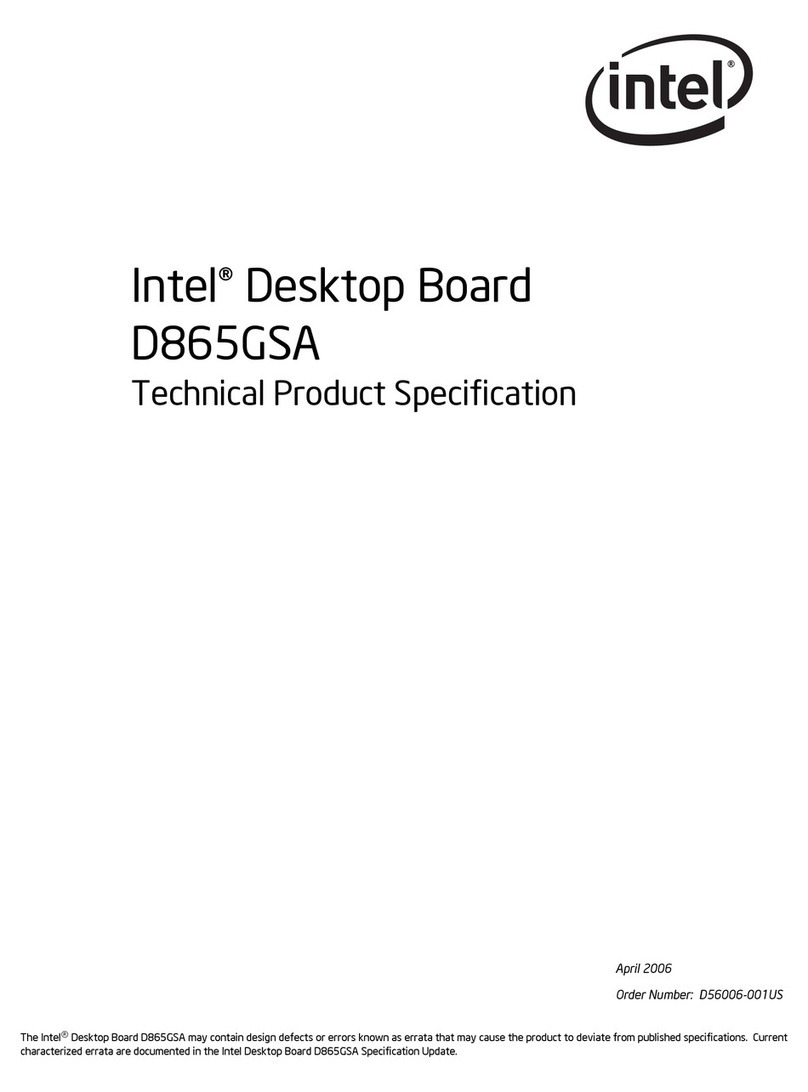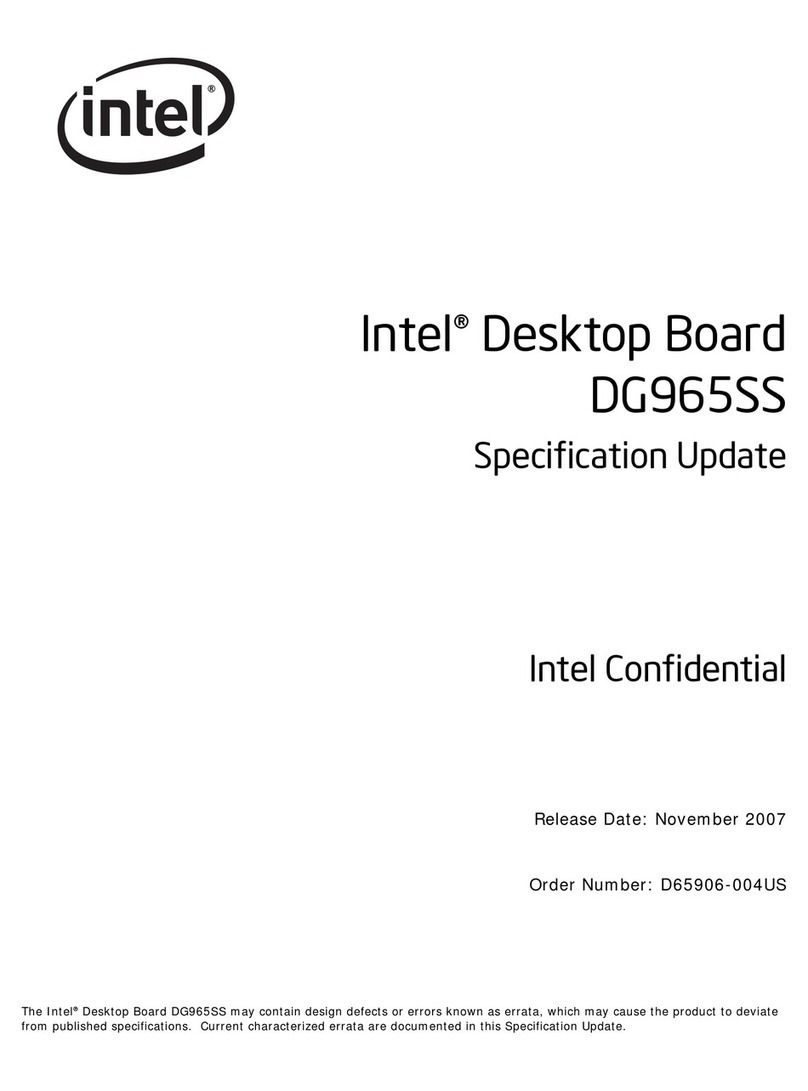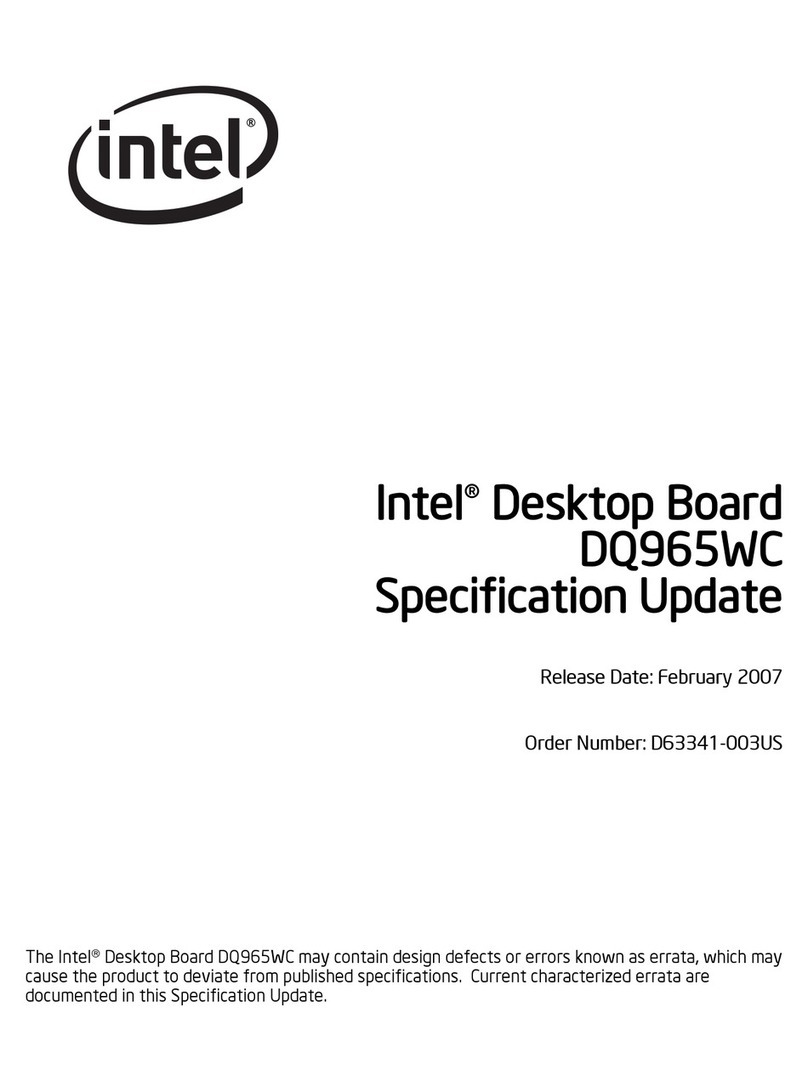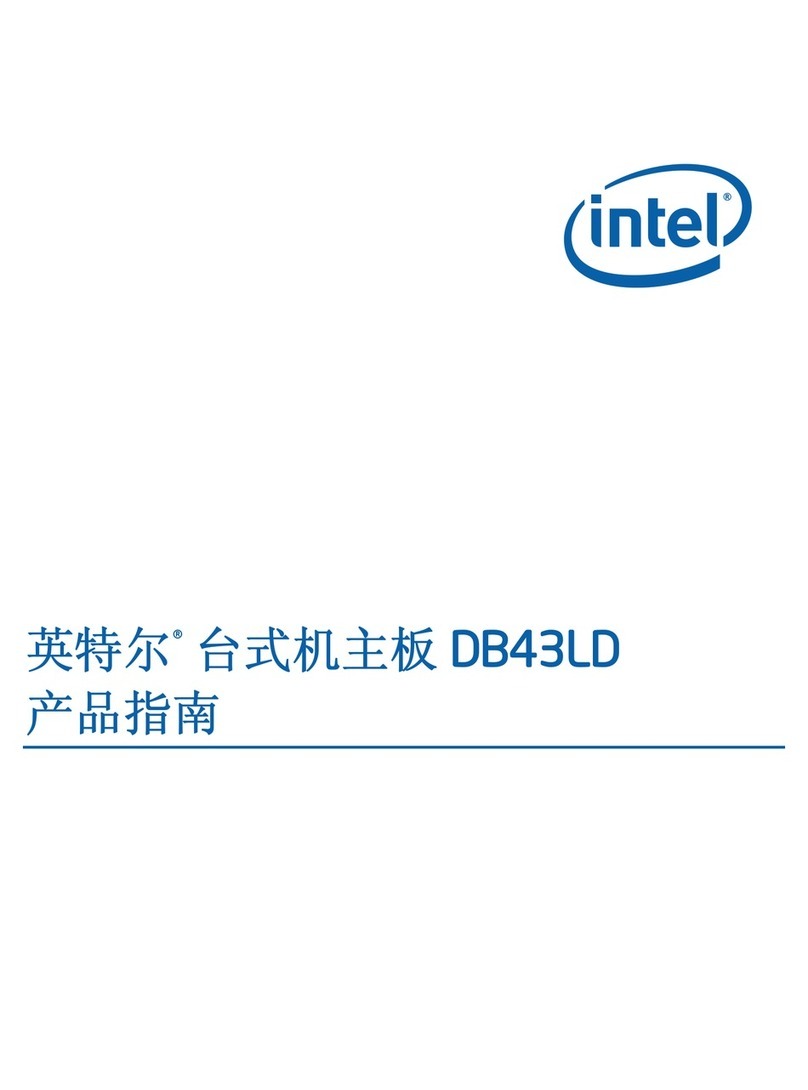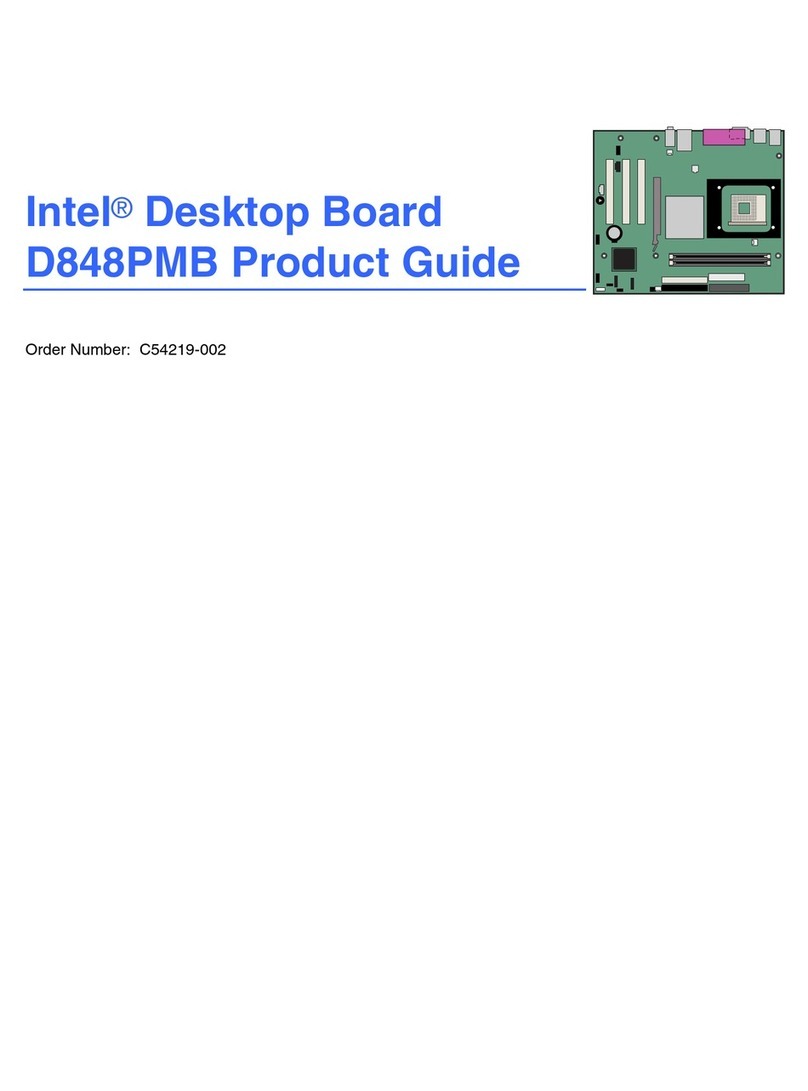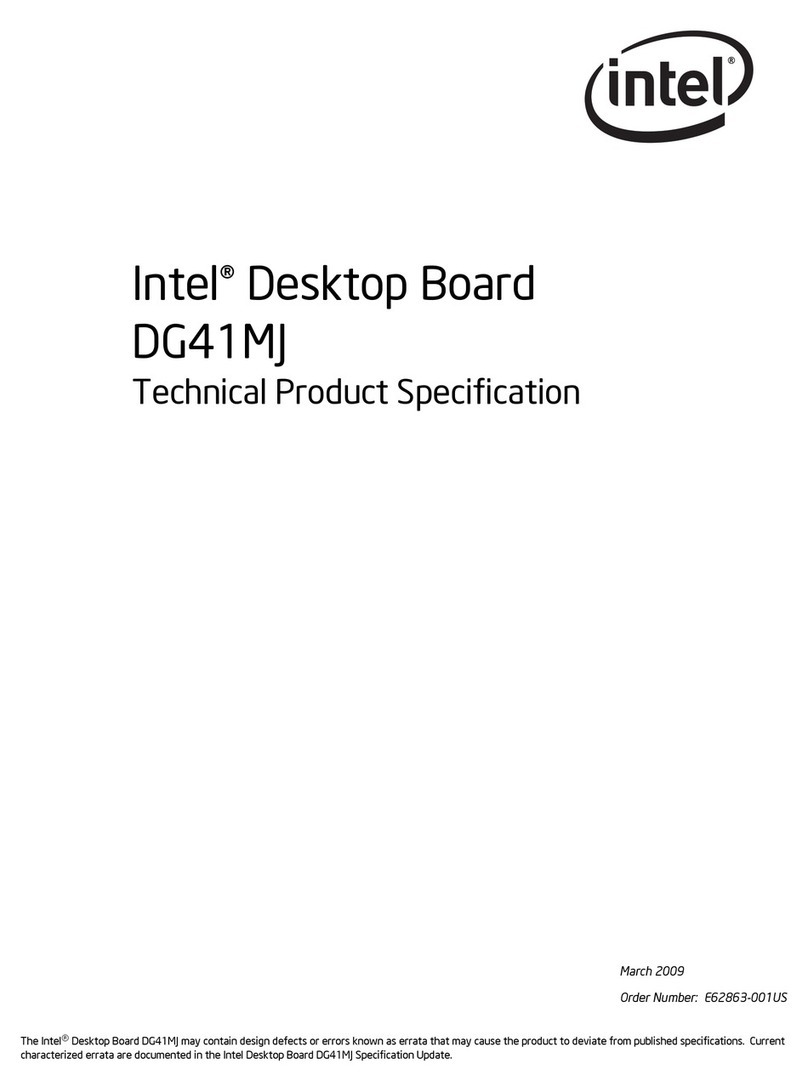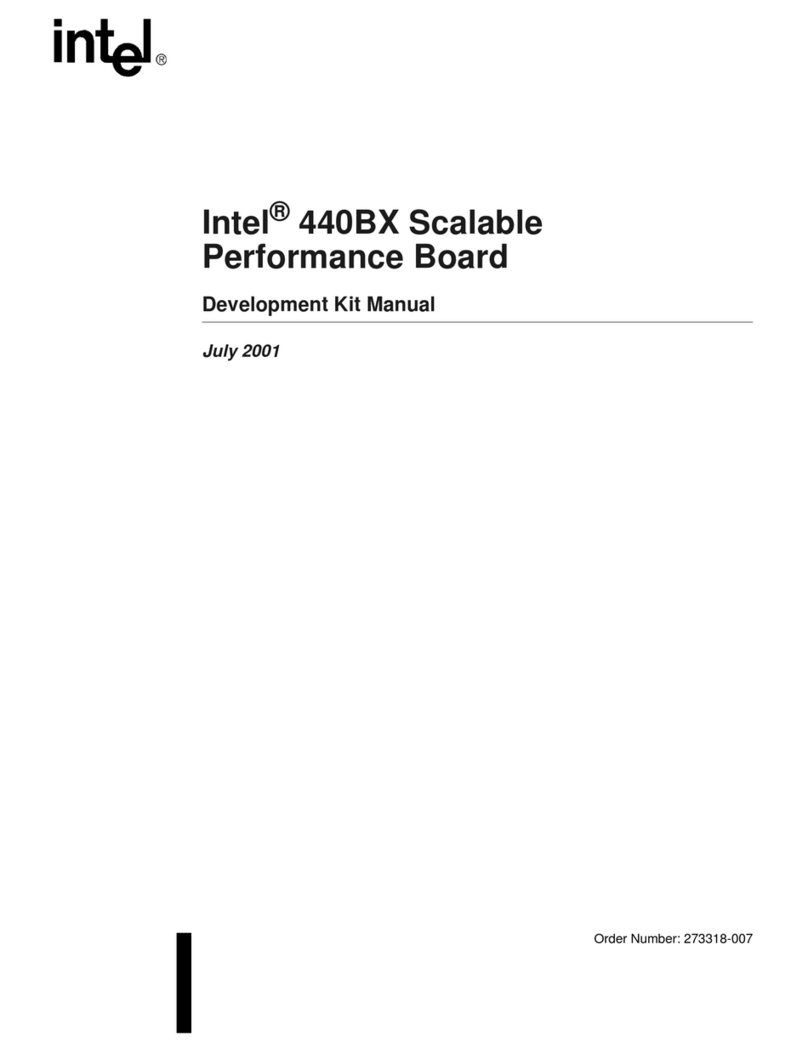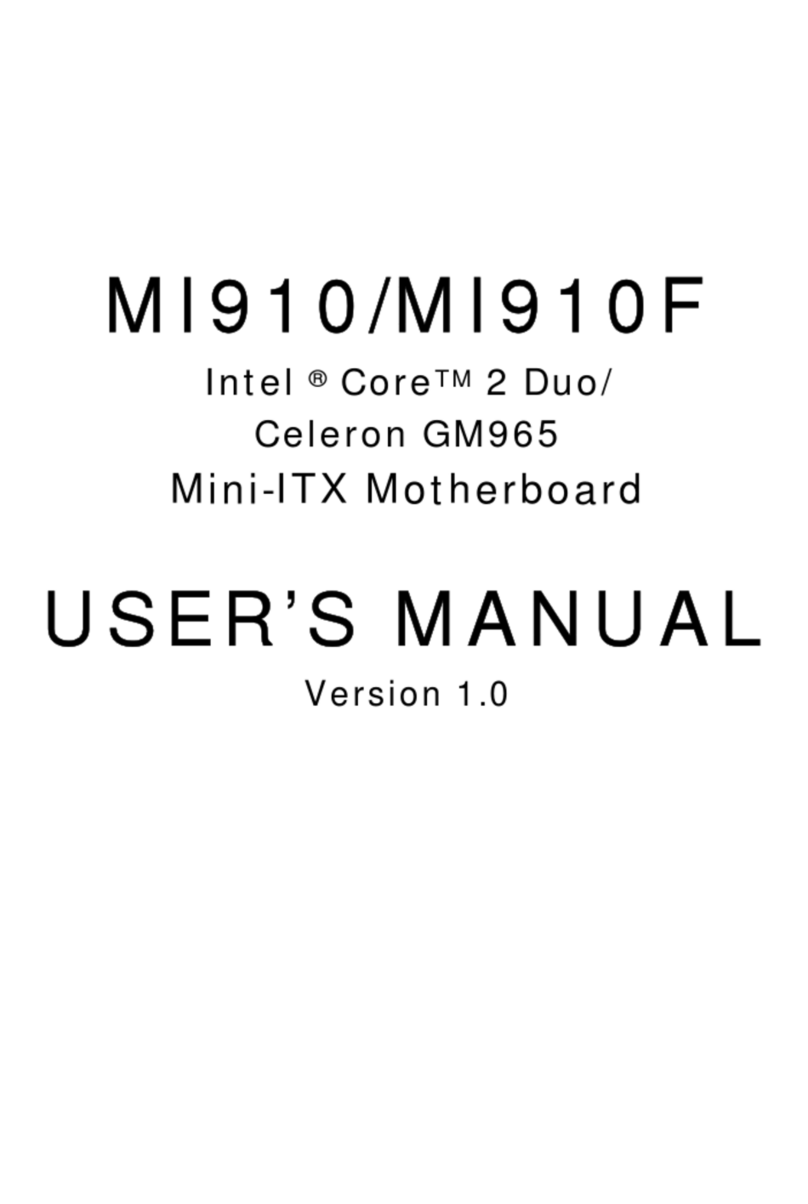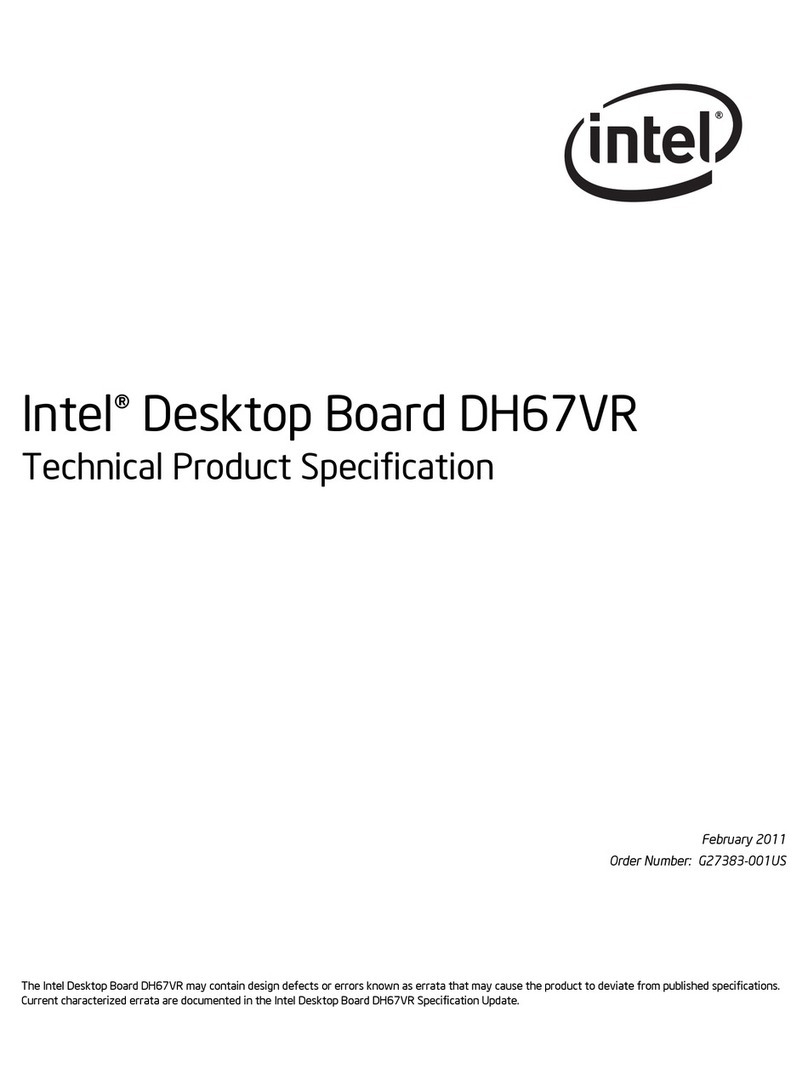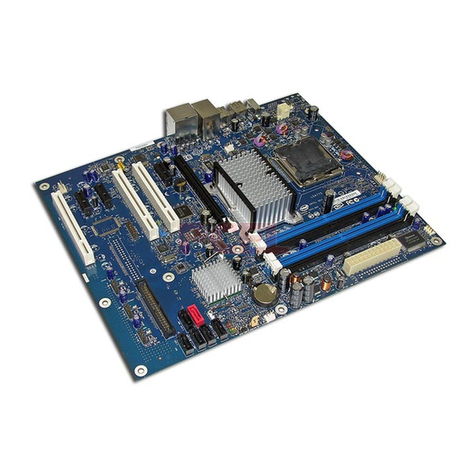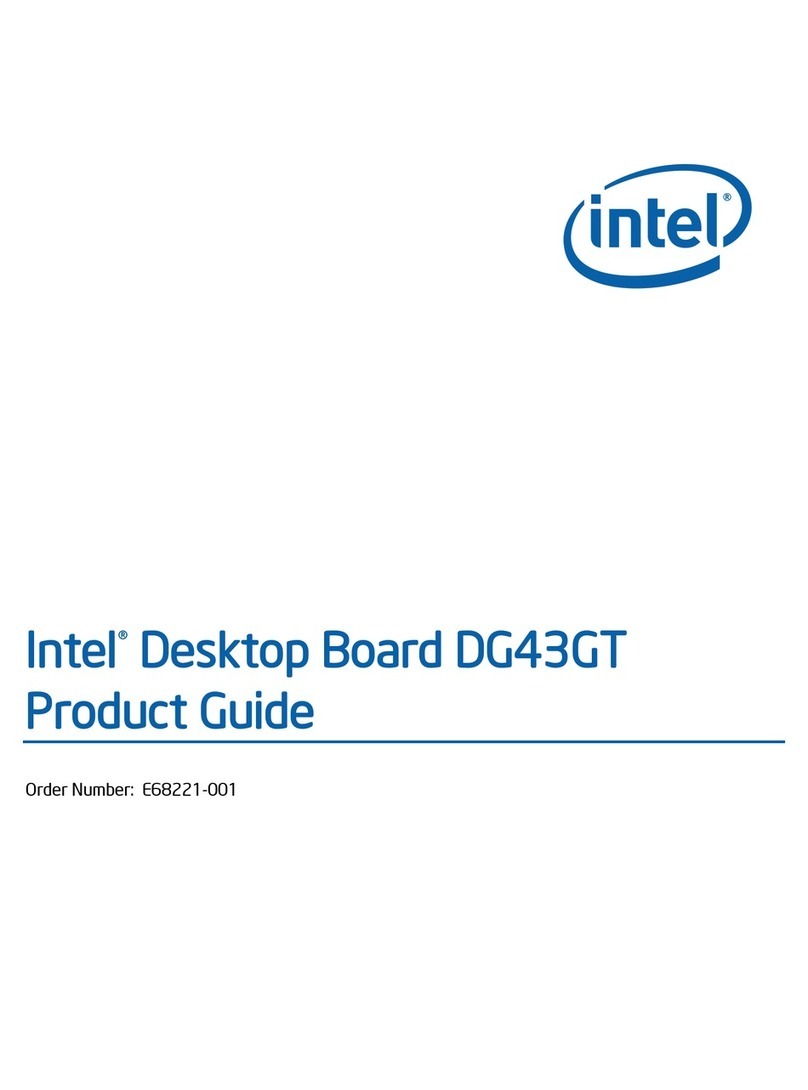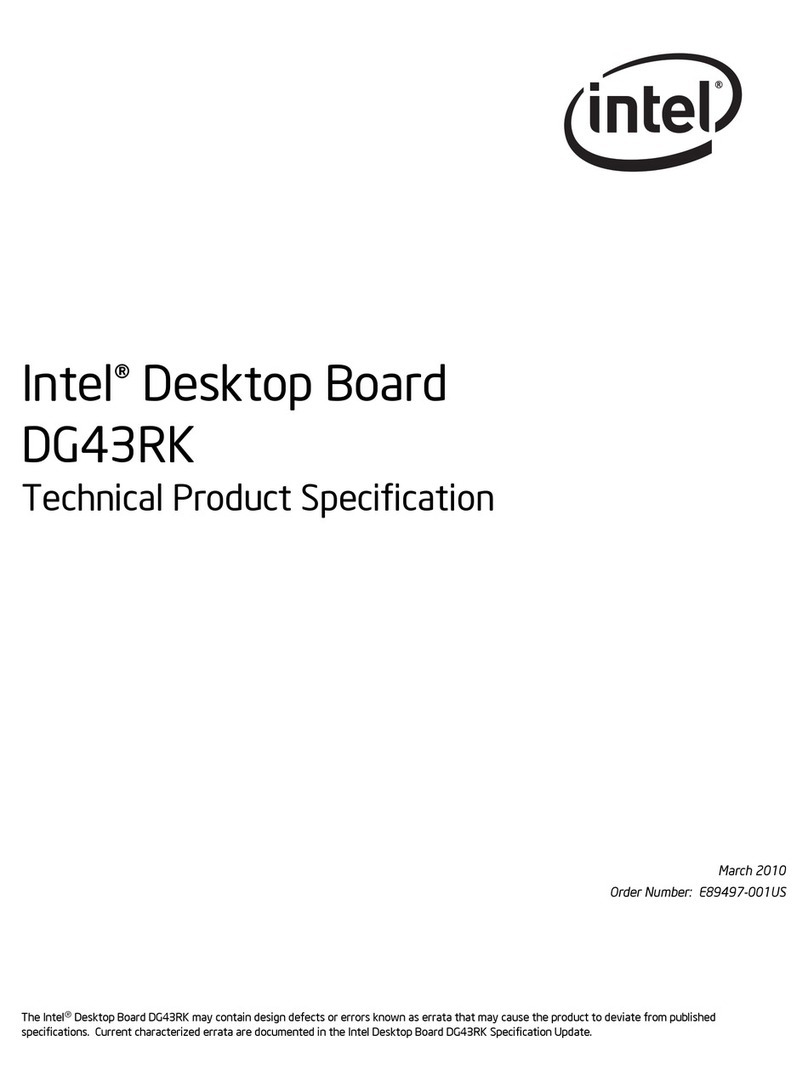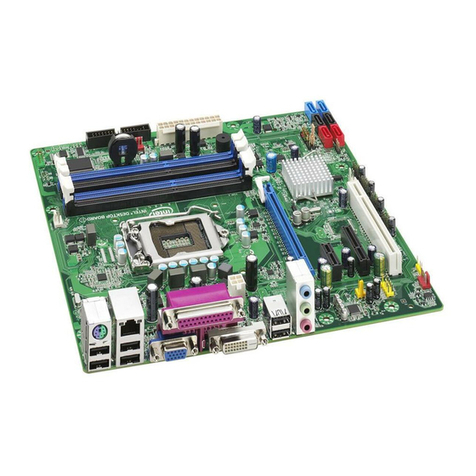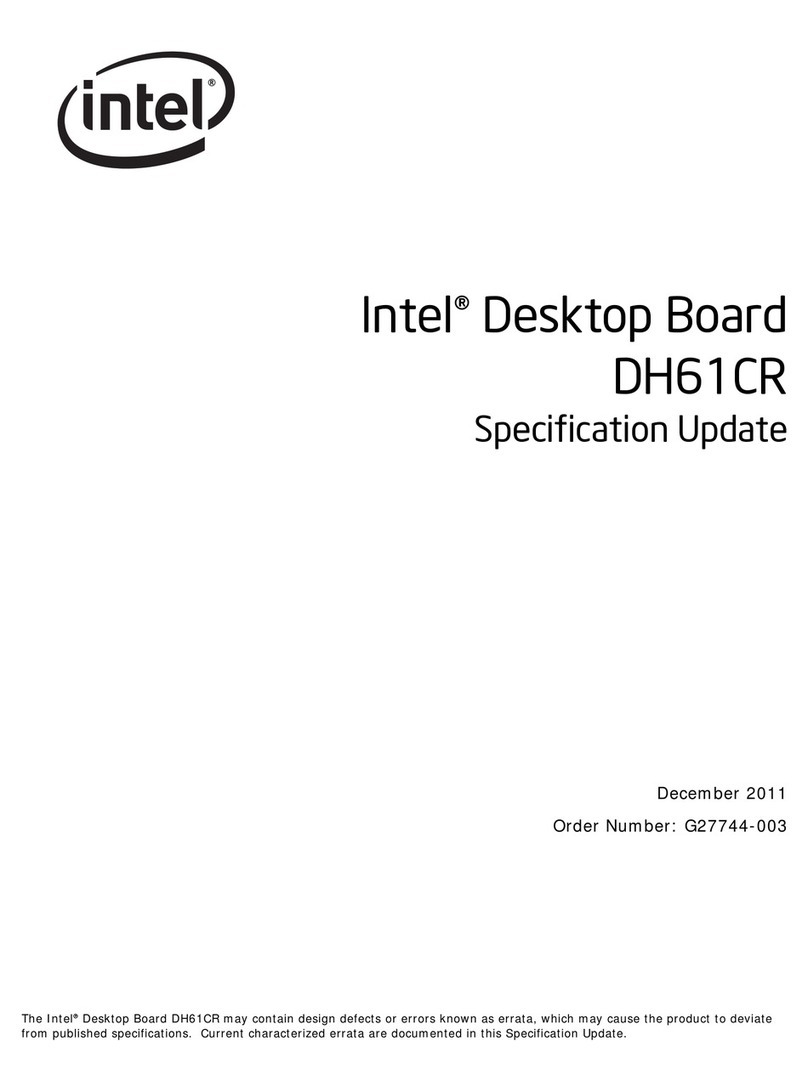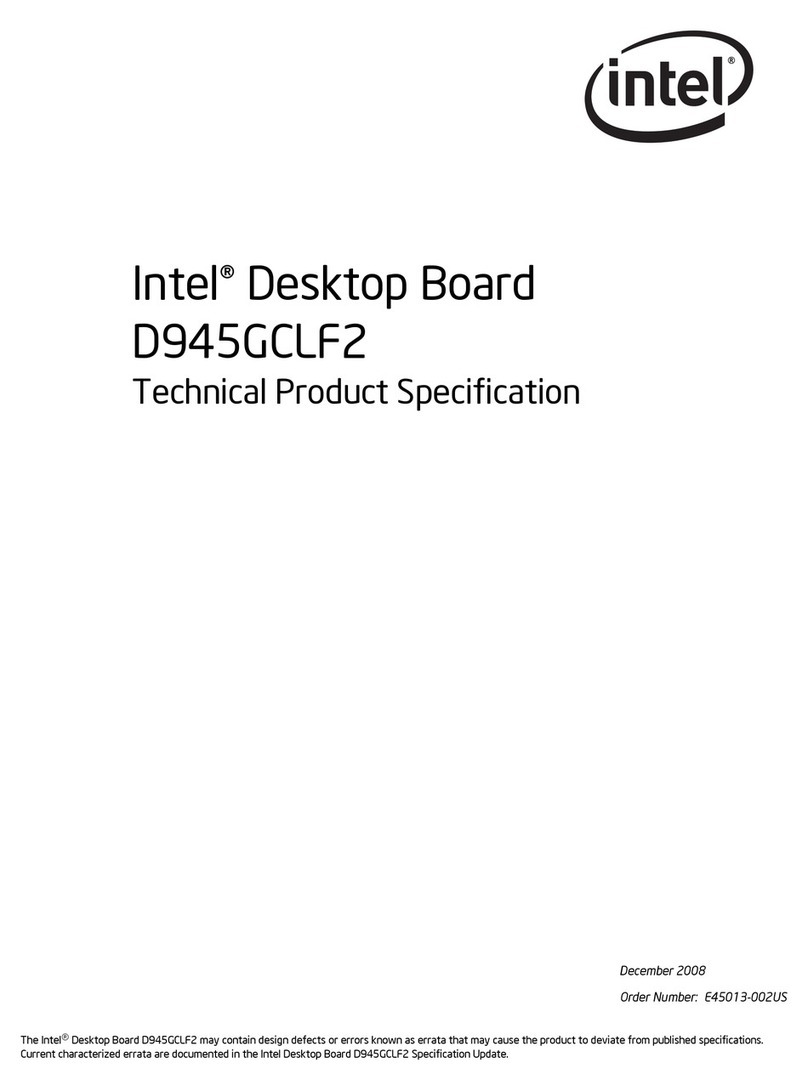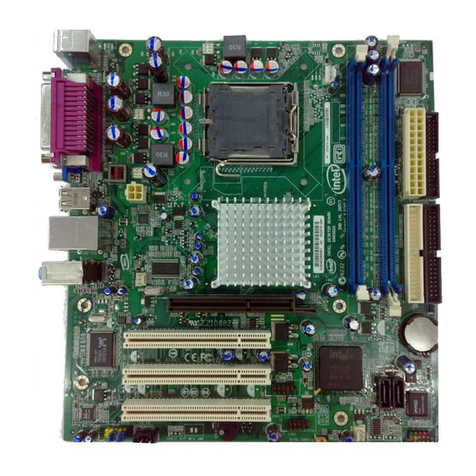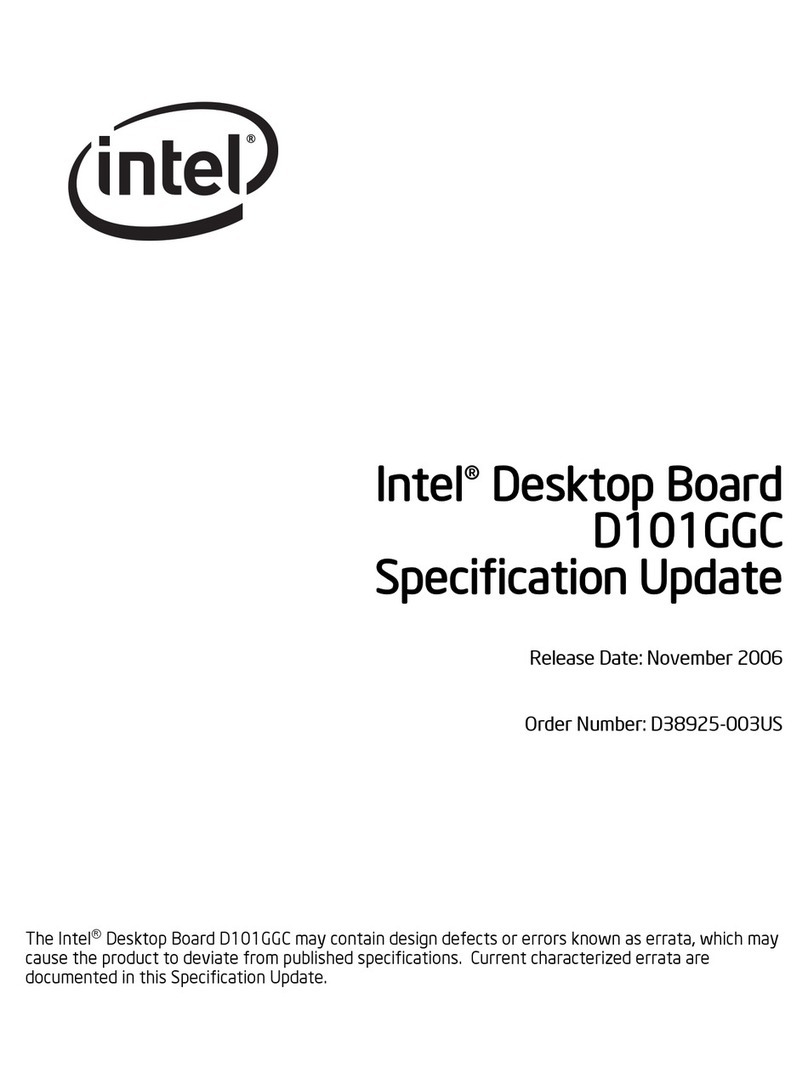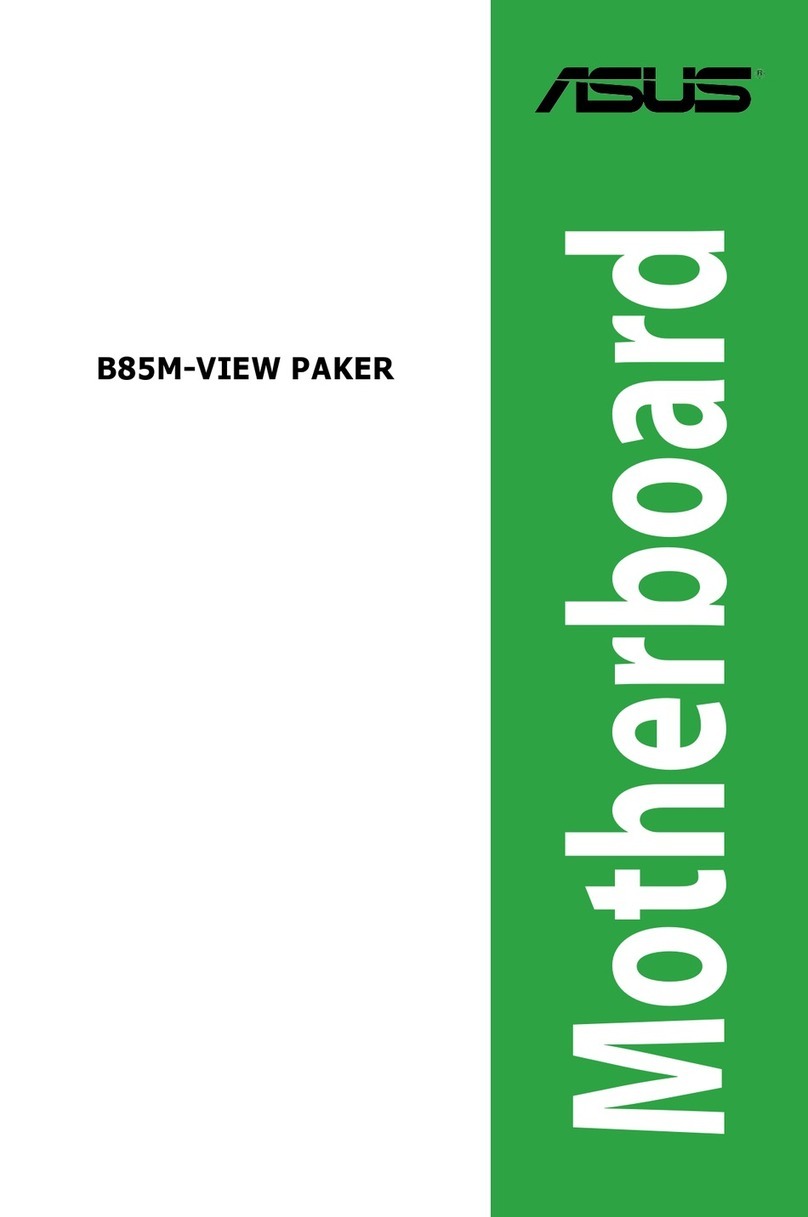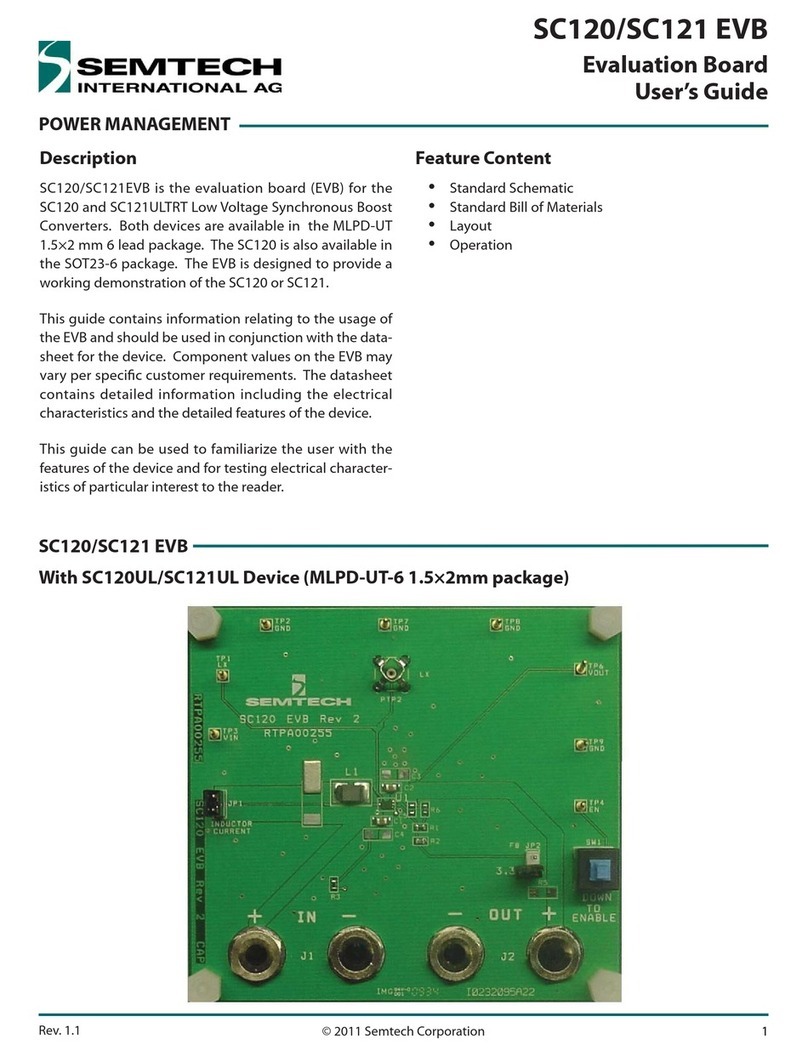
4 Intel YM430TX User’s Manual
Contents
1. Introduction .......................................................................................... 7
How this Manual is Organized.............................................................. 7
Item Checklist....................................................................................... 7
2. Features ............................................................................................... 8
Features of the Intel YM430TX Motherboard ....................................... 8
The Intel YM430TX Motherboard ....................................................... 11
3. Installation .......................................................................................... 12
Intel YM430TX Motherboard Layout .................................................. 12
Installation Steps ................................................................................ 14
1. Set Jumpers on the Motherboard.................................................. 14
Jumper Settings ................................................................ 15
2. Install Memory Modules ................................................................ 18
SIMM Memory Installation................................................. 19
DIMM Memory Installation................................................. 20
3. Install the Processor. ..................................................................... 21
4. Install Expansion Cards................................................................. 22
Expansion Card Installation Procedure ............................. 22
Assigning IRQs for Expansion Cards ................................ 22
Assigning DMA Channels for ISA Cards ........................... 23
5. Connect Cables, Wires, and Power Supply ................................... 24
Power Connection Procedures ..................................................... 30
4. BIOS Software ................................................................................... 31
Support Software................................................................................ 31
Flash Memory Writer Utility........................................................... 31
Main Menu......................................................................... 32
Advanced Features ........................................................... 32
Managing & Updating your Motherboard’s BIOS.......................... 33
BIOS Setup ........................................................................................ 34
Setup Utility ....................................................................... 34
Load Defaults ................................................................... 35
Standard CMOS Setup...................................................... 35
Details of Standard CMOS Setup...................................... 36
BIOS Features Setup.................................................................... 38
Details of BIOS Features Setup ........................................ 38
Chipset Features Setup ................................................................ 40
Details of Chipset Features Setup..................................... 41
